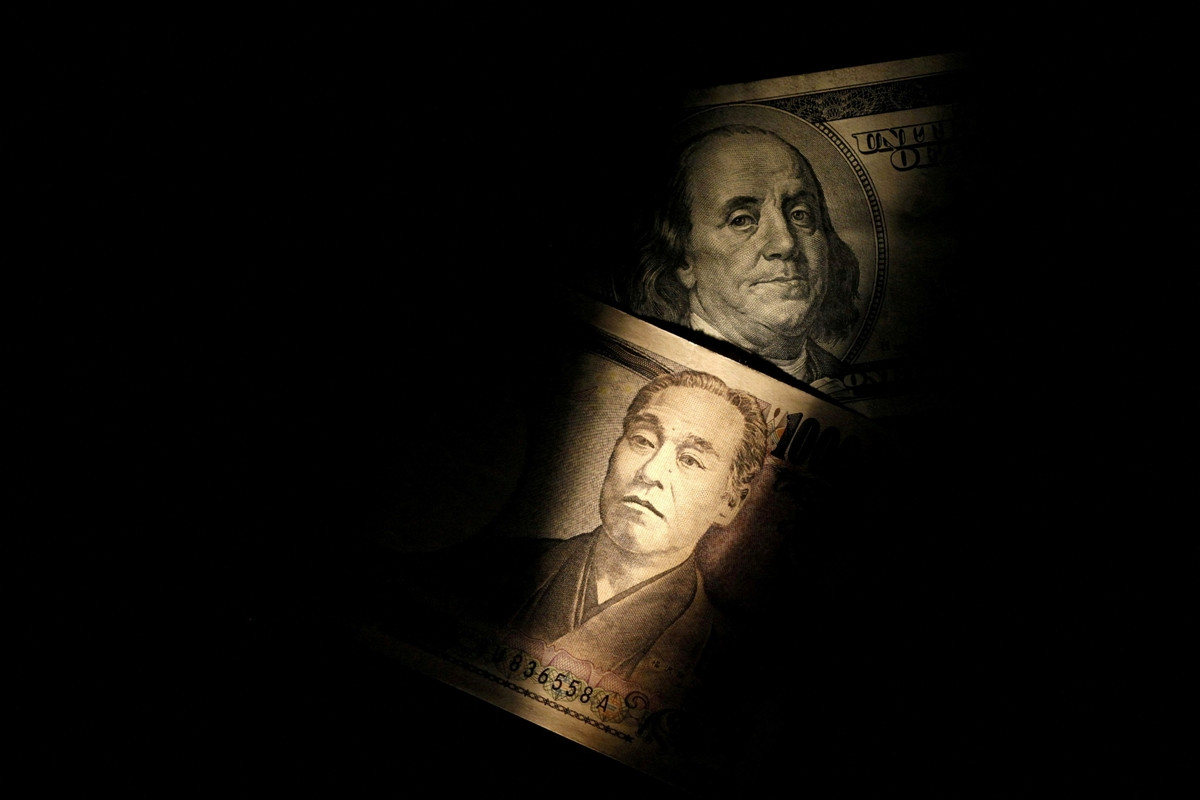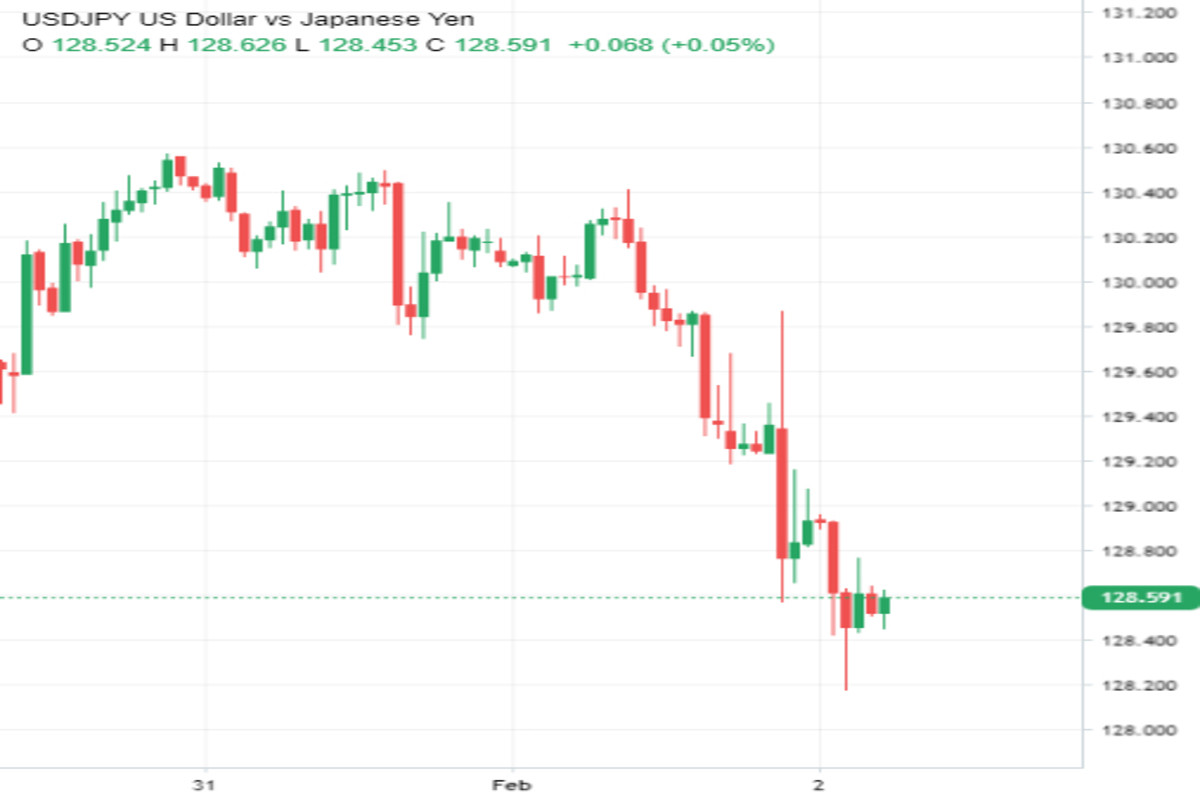
The US dollar plunged against all major currencies on Wednesday following a dovish statement by Fed Chairman Jerome Powell.
At the long-awaited monetary policy meeting of the Federal Reserve on Wednesday, which was followed by traders, the US central bank continued its monetary tightening cycle, which began in March 2022.
The Fed increased interest rates for the eighth time in a row, but slowed down the pace of rate hikes to 25 basis points.
The move was not unexpected by market participants as inflation has been slowing over the past few months.
However, traders did not expect a dovish statement by Fed Chairman Jerome Powell, which undermined the US dollar.
In his post-meeting press conference on Wednesday, Powell announced that the Federal Reserve managed to reverse the uptrend and that disinflation was observed in several sectors.
This comment reinforced the opinion of investors that the Fed's campaign against inflation is coming to an end. However, yesterday Powell pointed out that interest rates hikes will continue and that a policy rollback is not on the horizon.
Nevertheless, traders focused on the acknowledgement of disinflation in the US, which sent the US dollar downwards.
The greenback retreated against all major currencies after the Fed press conference, with DXY losing more than 1% and falling to a new 9-month low of 100.80.
The US dollar suffered the biggest losses against the euro, the pound sterling, the Australian dollar, and the New Zealand dollar, dropping by more than 1%.
USD/JPY fell as well, but its downtrend was more muted. On Wednesday, the pair declined by more than 0.5% to 128.55, its lowest level since January 20.

Nevertheless, analysts see USD/JPY slide down even faster in the future. This is suggested by the technical situation.
USD/JPY broke through the rectangle pattern in the H2 timeframe yesterday, indicating that the pair is likely to become increasingly volatile and experience even larger downward spikes.
The bearish crossover created by 20 and 50 EMA near 130 also signals that the downtrend may intensify. Furthermore, the RSI has moved into the bearish range of 20.00-40.00.
Fundamental analysis is also unfavorable for USD/JPY, as hopes of an increased monetary policy gap between the Fed and the BOJ have faded.
At this point, traders are expecting the interest rate gap between the US and Japan to decrease steadily. They believe that the US regulator will wind down its monetary tightening within the next few months.
Considering Jerome Powell's dovish statement, market participants revised their outlook on US interest rates downwards.
Now they expect interest rates to peak at 4.89% in June and decrease to 4.39% by the end of the year.
Furthermore, there is a significant possibility of a policy shift in the Bank of Japan. Markets expect Japanese policymakers to reverse course after the departure of BOJ governor Haruhiko Kuroda in April.
Increased speculation regarding a possible rate hike in Japan is another headwind for USD/JPY, which is already in a downward trend.
The Fed has dealt a crushing blow to the US dollar, and the BOJ could drive the final nail into its coffin. The next important trigger for the dollar-yen pair, which could exacerbate its position even further, should be the Bank of Japan's policy meeting in March.
If the regulator sends a hawkish signal at that meeting by making another correction to the yield curve control mechanism, as it did in December, USD/JPY will plummet.
 English
English 
 Русский
Русский Bahasa Indonesia
Bahasa Indonesia Bahasa Malay
Bahasa Malay ไทย
ไทย Español
Español Deutsch
Deutsch Български
Български Français
Français Tiếng Việt
Tiếng Việt 中文
中文 বাংলা
বাংলা हिन्दी
हिन्दी Čeština
Čeština Українська
Українська Română
Română

